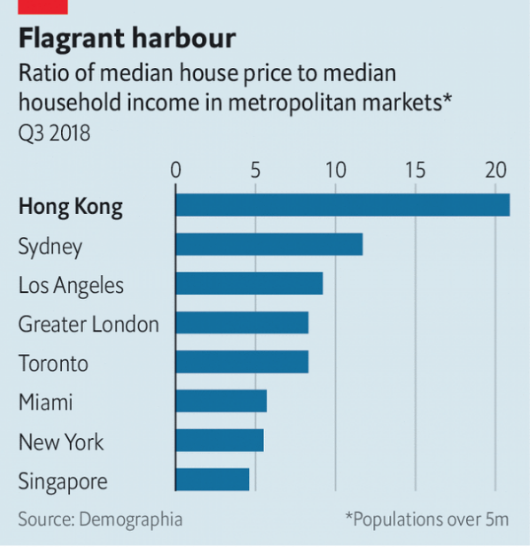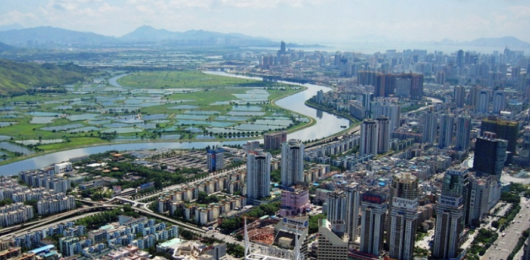In praise of Pelosi
I’ve never been a fan of Nancy Pelosi, and did not agree with her reluctance to impeach Trump. So today I need to grudgingly give her credit. By waiting for a smoking gun, she made the process seem less partisan.
The impeachment won’t lead to conviction in the Senate; Trump could murder someone in the middle of Times Square and his Republican supporters would stick with him. (The only Trump claim I’ve ever agreed with.) But the House should do its job.
Gotta love this:
The White House accidentally sent its anti-impeachment talking points intended for allies in Congress to House Democrats.
So how do the “talking points” explain away an obvious abuse of power?
The talking points urge allies to reiterate that Trump made no promises to Zelensky and that he didn’t bring up his personal lawyer, Rudy Giuliani, until his Ukrainian counterpart brought him up.
The White House memo summarizing the conversation, released to the public a few hours before, shows that Trump sought Zelensky’s cooperation as a “favor,” but does not contain a specific offer of a quid pro quo. At the time, much-needed American military aid for Ukraine had been held up for unexplained reasons, reportedly at the request of the White House.
A “favor”? Well, OK then! I hope defendants in future mafia or Wall Street corruption cases remember this memo when federal prosecutors present surveillance tapes of them asking for various “favors”.
And won’t the new Ukrainian president be pleased that Trump just threw him under the bus. I thought he was going to clean up corruption in the Ukraine. After all, he did in the TV show that his campaign was based on.
PS. Don’t forget that as we saw with the Mueller report, the initial White House edited version likely understates how bad things were. And there are multiple phone calls. There’s much worse information out there.
And there’s this:
Separately, the Justice Department released a revised version of a memo by its office of legal counsel that declared that it was lawful to withhold that complaint from Congress, notwithstanding an inspector general’s determination that the complaint was credible and raised an “urgent concern” of the sort that a statute says must be shown to lawmakers.
The deep state? Trump appointed the Inspector General. And so what if a “statute” says the report “must” be shown to Congress. Does anyone still think this banana republic relies on the rule of law?
PPS. Last month when I lamented the dictatorial approach of Boris Johnson I was accused by commenters of being hysterical. Nothing to see here, prorogation is completely normal. Actually, this specific type of prorogation is not at all normal. Nor is it normal for the Prime Minister to lie to the Queen about the reasons for prorogation. Nor is it normal for a party to expel 21 of its MPs, including previous top officials.
Fortunately, the British system seems strong enough to survive all of this. The Supreme Court ruled 11-0 that Johnson’s actions were illegal. Before that, Parliament voted to stop a hard Brexit. Of course the Brexiteers insist that the “will of the people” is being thwarted, even though they were the ones who stopped Theresa May’s Brexit proposal, and even though the proponents of Brexit promised a Brexit as soft as a goose down pillow, with the EU meekly agreeing to good terms with the UK, and even though the voters never said exactly what sort of Brexit they wanted. (Given that only 52% voted for Brexit, it seems overwhelmingly likely that “soft Brexit” was the median vote, unless you think that less than 2% of the 52% favored a soft Brexit.)



